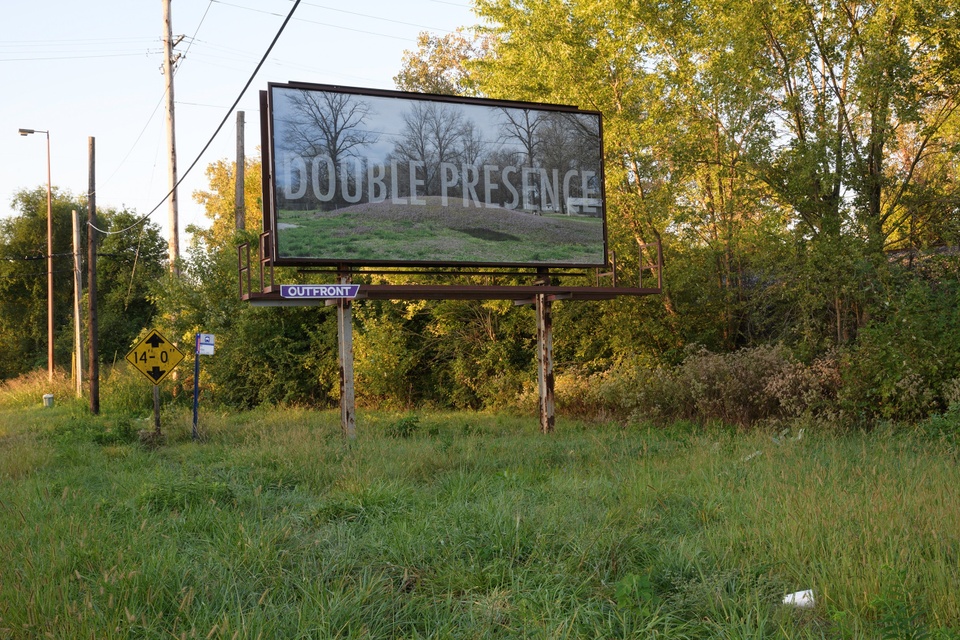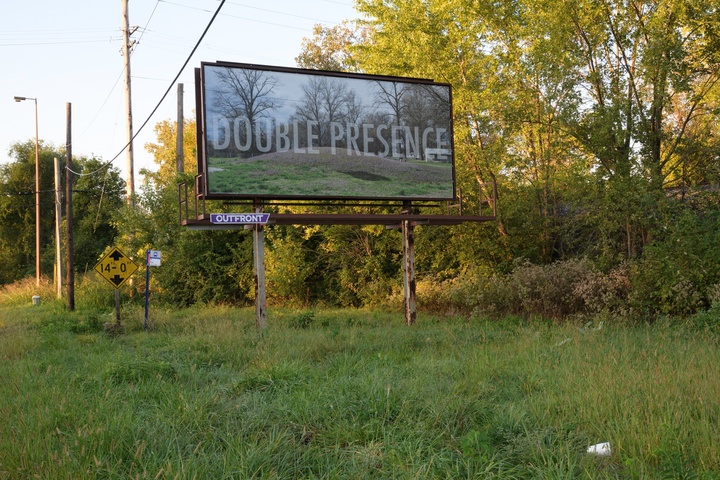Our Context in St. Louis
St. Louis’ complicated history and present-day context shape our education, research, and creative practice at the Sam Fox School. Through our work, we ask “how can art, architecture, and design confront the historic roots of St. Louis’ specific legacies of racism, sexism, displacement, exclusion, and political division, and imagine a different future?”
Acknowledging Our Past and Present Contexts
As a place-based learning environment, it is important for us to understand how history has shaped our present context. From historical practices of red-lining to the current use of eminent domain and tax incentives, St. Louis has been shaped by the politics of exclusion. Key events that occurred in the region include: the departure of Lewis and Clark, the Missouri Compromise, the Dred Scott trial, the 1904 World’s Fair and Olympics, women’s suffrage, the Shelley v. Kraemer restrictive covenants case, Pruitt-Igoe’s construction and demolition, immigration, the Ferguson uprising, and more.
It is also important to acknowledge and recognize, with respect, that the land we are on today is the ancestral homeland of several native populations, including the Mississippian mound-building culture, and, later, the Osage and the Illini, whose populations were forced out and destroyed in the 18th and 19th centuries by settler colonialism. We also acknowledge the land we are on is embroiled with the history of enslaved peoples. This acknowledgment embodies the Sam Fox School’s commitment to continue learning and understanding our institutional and local history.
Responding to the Consequences
The consequences of institutionally sanctioned displacement and exclusion in St. Louis are felt in everyday inequities: in healthcare, education, nutrition, housing, public safety, the legal system, and other basic human rights. They are made manifest in events that make national headlines and in subtler, everyday offenses that escape public scrutiny. The Sam Fox School is committed to working with individuals, organizations, governments, and communities in the St. Louis region through our research, teaching, and practice to address these pressing issues.
Diversity, Equity, and Inclusion
Learn more about our commitments, efforts, and resources towards creating a more equitable and inclusive community.
Learn more about what we love about St. Louis, including cultural, career, and community activities.
Learn more about our collaborative, mutually beneficial work in the St. Louis community.









